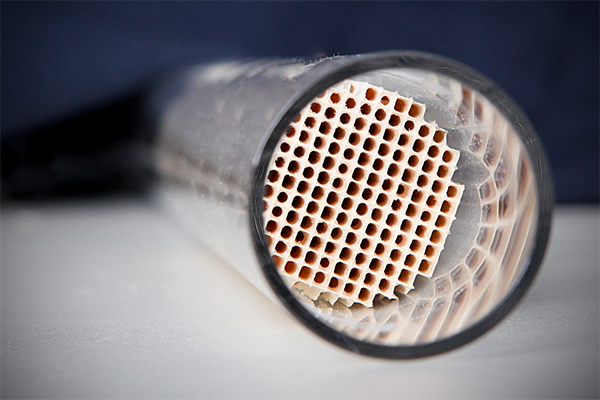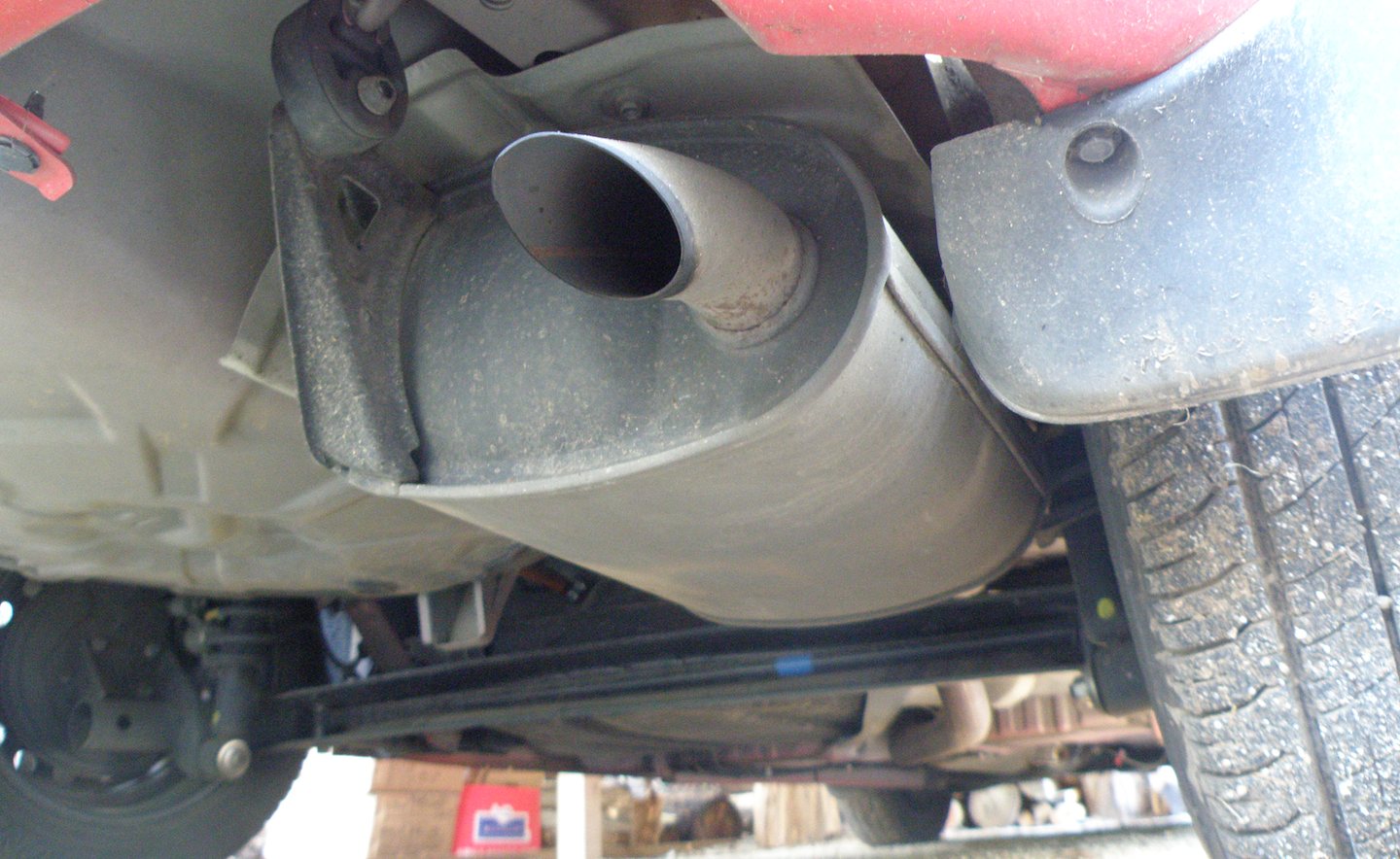Parking before parking sensors
For many drivers, parallel parking is a stressful pain in the butt. It's hard to gauge the envelope of space around a vehicle and really know where those front and rear bumpers are, especially for inexperienced drivers or an unfamiliar vehicle. Often, parallel parking involves a lot of back-and-forth maneuvers—sometimes even sticking your head out of the driver's side window to try and accurately gauge how far you are from the vehicle in front and the vehicle behind.
That all got a whole lot easier when the parking sensor was developed. But how does the parking sensor work?
Everyone's familiar with radar—it stands for Radio Detection and Ranging—and early systems helped the British detect incoming German bombers and orchestrate a response. Radar works by transmitting radio waves of a given frequency and length, which then bounce off of a metal object (such as aircraft) and return to a receiving dish. From there, it was a matter of calculating the object's distance, speed and location.
How Ultrasonic Parking Sensors Work
Parking sensors aren't much different in principle. Rather than radio waves, most parking-sensor setups use ultrasonic waves, not unlike the echolocation that bats or dolphins use. The sensor emits these waves, which reflect off of another object, and then calculates the amount of time for the wave to return and any changes in the wavelength itself. From there, a processor sounds an alarm (usually a beep that gets faster as the object gets closer). Most of these sensors are calibrated not to detect anything closer than about five to 15 meters.
The ultrasonic sensors do have a couple of disadvantages. One is that smaller objects are often not detected at all, and certain materials (like plastic or flesh and blood) can't reflect ultrasonic waves well. The other problem is that there's usually an array of several of these sensors across the bumper of a vehicle, and a layer of dirt and grime can prevent the sensors from working properly, causing a "blind spot."
How Electromagnetic Parking Sensors Work
Another system for parking sensors uses electromagnetic fields to gauge distance. A transceiver strip generates an electromagnetic field, then detects disruptions in the field or changes in the field's voltage as you get nearer to a stationary object. Again, a processor interprets this information and uses it to set off a beeper alarm inside the vehicle. Electromagnetic systems have the advantage of being better able to detect a moving object in your path.
Of course, the next step up from the parking sensor system is the backup camera, which gives drivers a clear view of what's behind with no obstructions and no guesswork. The parking sensor's technology comes into play again, however, with self-driving cars. Self-driving vehicles use ultrasonic, radar, or laser proximity sensors to gauge their distance to other vehicles and objects (similar to adaptive cruise control on today's cars), then change speed accordingly. They use this information, along with GPS coordinates, to move toward a truly autonomous design that will (someday!) no longer need a driver's input.
Sure beats having to guess when you're parallel parking, doesn't it?








